Our volunteers work hard here in the UK and Spain to ensure that our spanish…
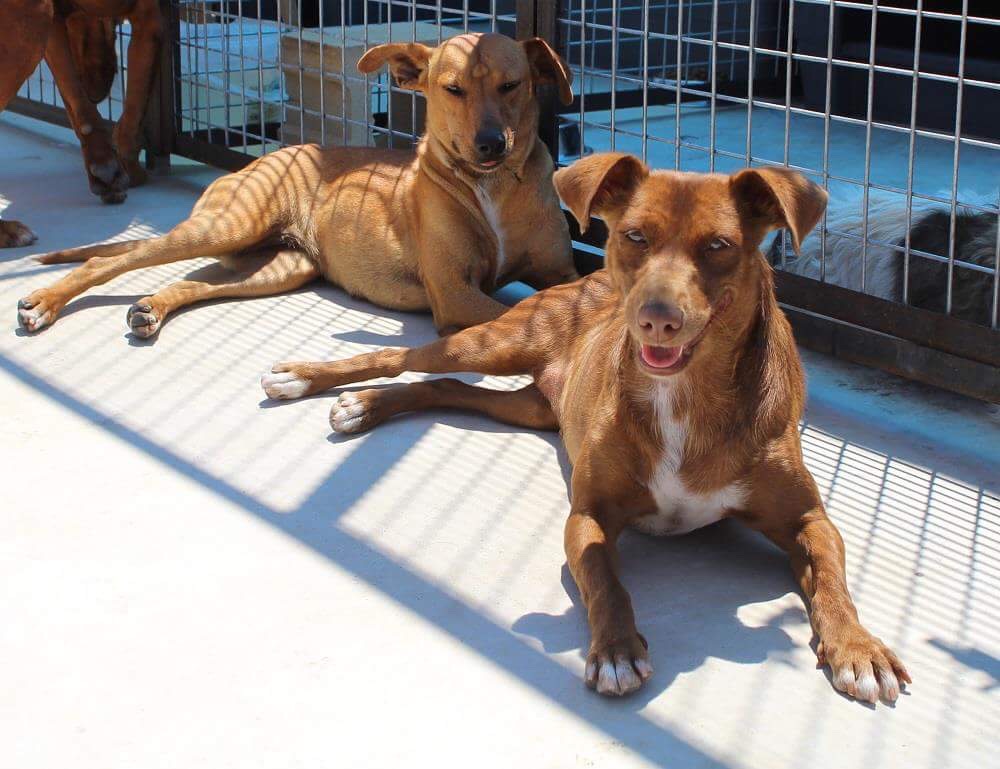
Helping a difficult dog
Many of us have experienced “difficult” dogs, dogs that bark non stop, dogs that bark and lunge at other dogs, joggers
I could also list, barking along at a fence, against the window of the car …not to mention trying to bite the postman.

Why are dogs like this ?
There are many reasons, but all these reactions are based
So some dogs are affected and some are not, dogs that have lived in compressive circumstances are more likely to suffer from higher levels of these hormones as their lives are very stressed.
But all these reactions “ trigger “ hormone release …and “ triggers “ themselves create the reaction, very often reactions are also reinforced …for example …” dog barks at postman ( scary thing ) and scary thing ( postman ) goes
So these dogs have highly primed sensory reactions.
So ..reactions are “ triggered” by things, people, dogs, cars, inanimate objects, each
So what do we do ?
It’s important to manage the situation until a relevant treatment protocol can be put in place …so keep sensory input low ..no walking in high stimulation areas and keep things as calm as possible ..try TTouchtherapy, Reiki herbal callers and other calming therapies…try a low protein diet followed by a carbohydrate meal to produce serotonin in the brain .
Contact a qualified professional for a protocol to deal with these problems
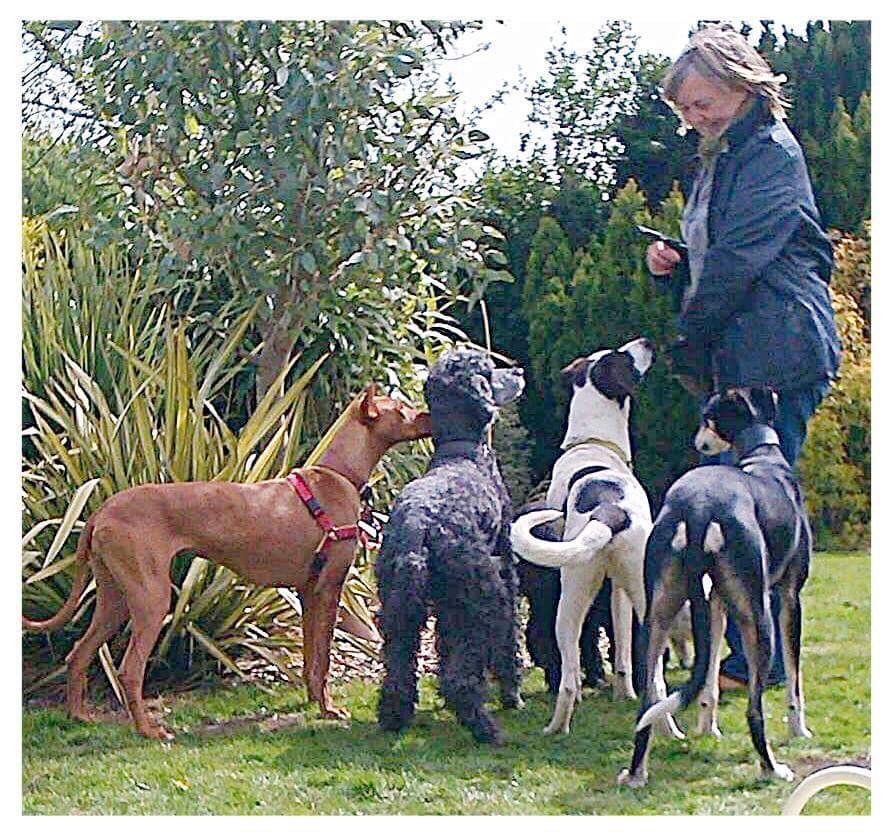
How does a Behaviourist treat these reactions?
A desensitisation and counter conditioning protocol will be put in place by your behaviourist.This involves keeping the dogs anxiety levels below threshold ( the point at which the reaction occurs ) and creating a good feeling for the dog ( this will be different for each dog as their highest motivators are individual) ..
The dogs anxiety and stress starts to drop, the Adrenaline, noradrenaline and cortisol drop …the anxiety improves more and more until the “ trigger “ disappears….then we can start to be more relaxed about taking our dogs to more public places as the counter conditioning works.
The good news is …there are lots of people out there that have worked through these problems and now have happy dogs that have no triggers ….desensitisation and counter conditioning protocols really work ….It’s very important to have faith in the dog and in the protocol and of course yourselves …you really can do it !
- If your dog has any of these issues contact your rescue
- If you are concerned, contact your rescue, don’t wait, and do not think you are overreacting
- It is ethical and humane to treat these issues in dogs
- It is inhumane to ignore them
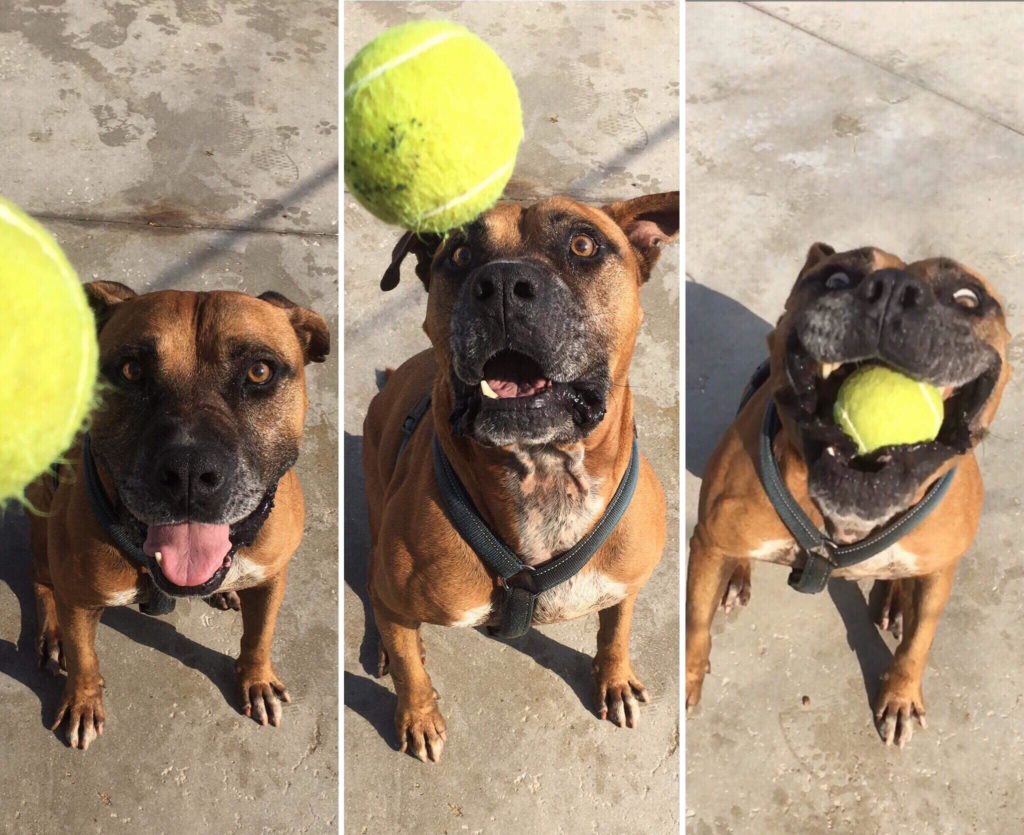
This blog was written by Janine Davenport, Dog
JUST-DOGS©️

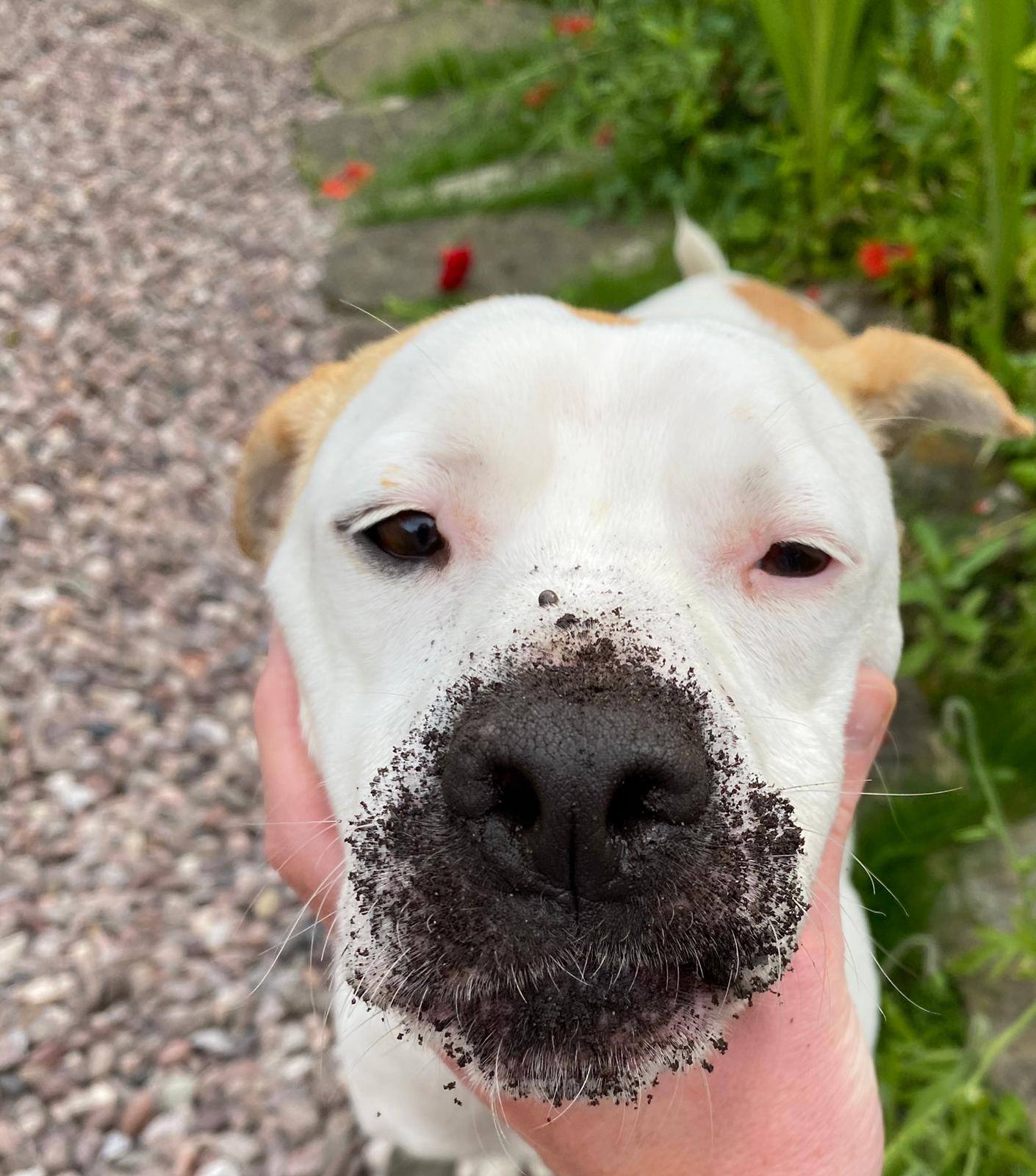
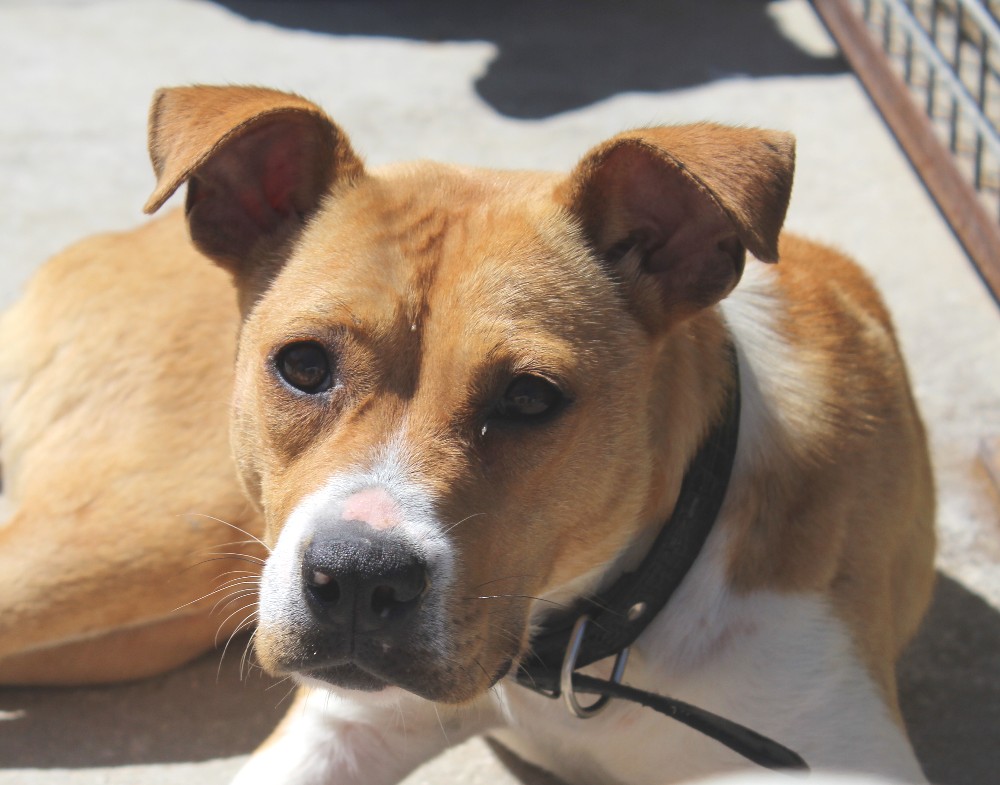
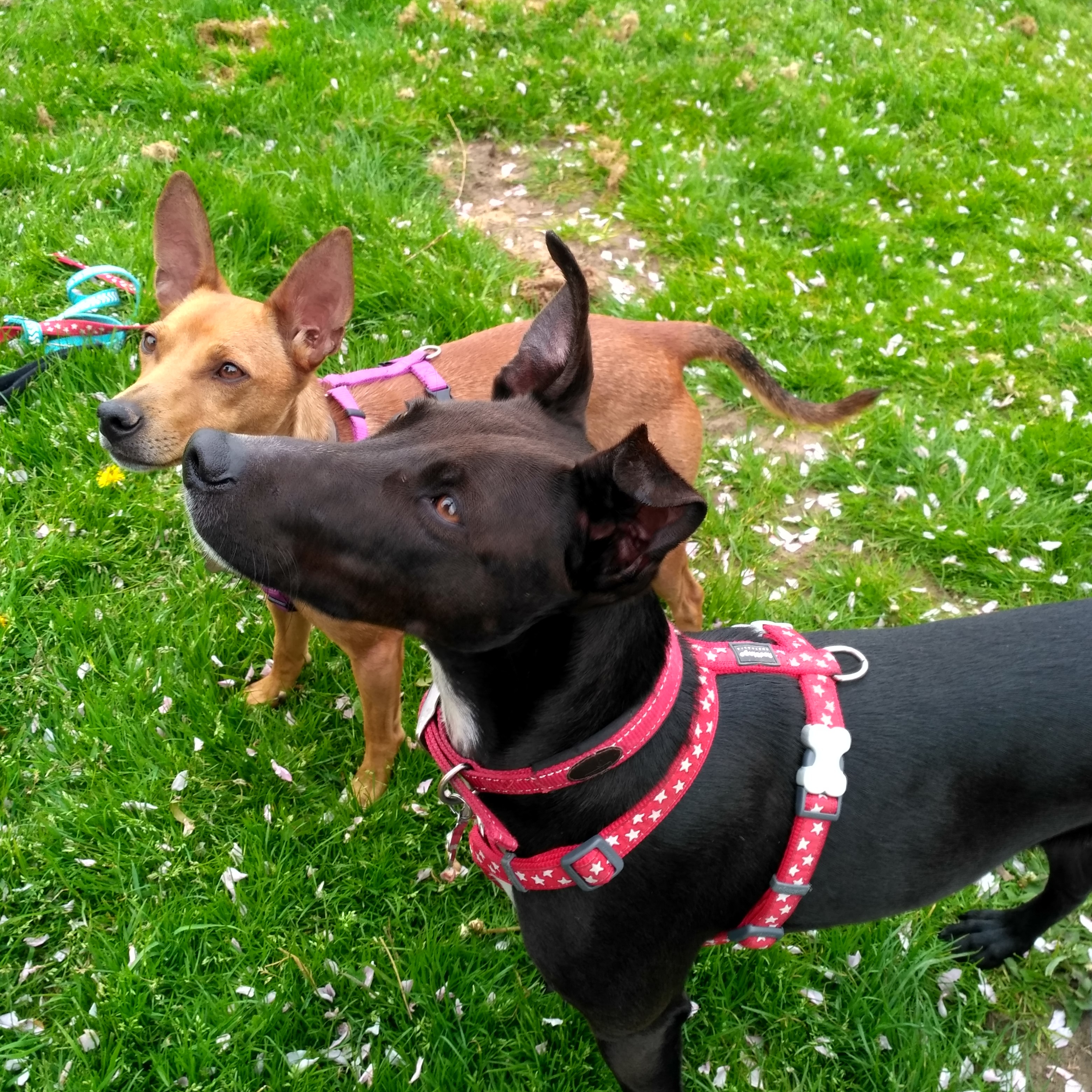
Saved as a favorite, I like your site!